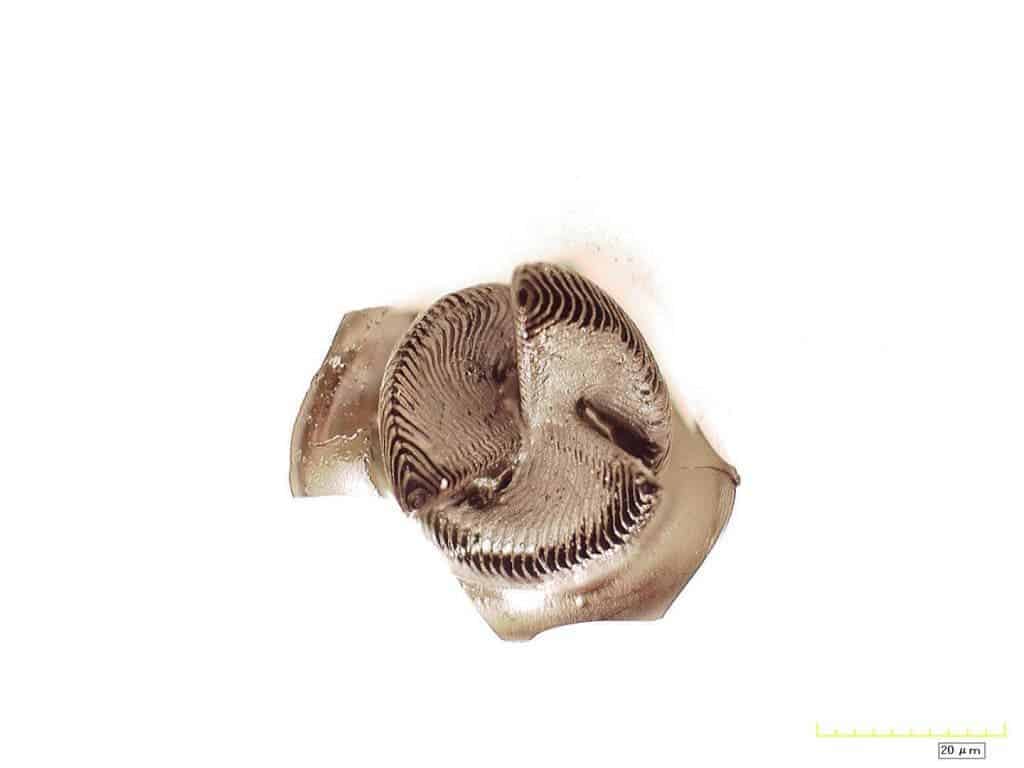Researchers have developed a new technique that allows them to create ceramics with 3D printing faster and cheaper, incorporating complex shapes.

Ceramics and 3D printing don’t play nice together. Ceramics are strong, robust and have spectacular thermal properties, but unlike polymers and some metals, ceramic particles don’t fuse together when heated – which means that conventional 3D printing doesn’t work with them.
The few 3D printers for ceramics that had been developed work very slowly, at high temperatures, and cause some porosity which renders the material more vulnerable to cracking; a team from HRL Laboratories in Malibu, California wanted something else – something better.
“3D printing is a very important new capability, but so far, most materials that can be printed are not high-performance engineering materials,” said study co-author Tobias Schaedler, a materials scientist at HRL Laboratories in Malibu, California. “We wanted to figure out 3D printing of a high-temperature, high-strength ceramic.”

He and his team have found a new way to 3D print ceramics, using a special resin instead of powders. This not only allows the creation of less porous materials, but also enables scientists to create complex, intricate structures with relative ease. The new method is also over 100 times faster than previous techniques and creates ceramics 10 times stronger that can withstand temperatures of 1,400⁰ Celsius (2552⁰ Fahrenheit) before experiencing any damage.
Because of their success, the team is already considering applications for building components for jet engines and supersonic planes, but it will take another few more years before then can actually implement this ceramic in any products.
“We are at the discovery phase. It will take at least five years for an application to be commercialized,” Schaedler said.
Journal Reference.






